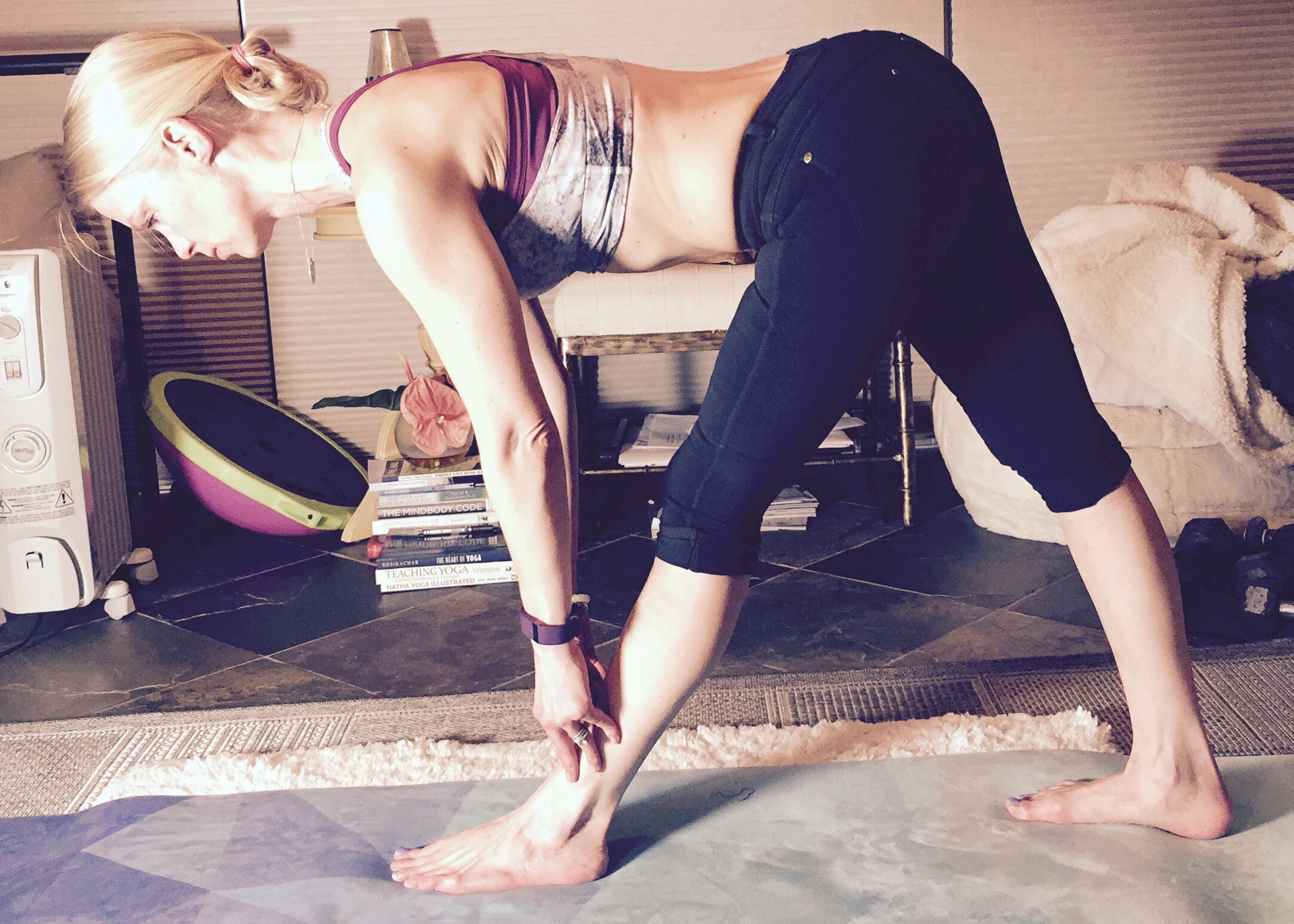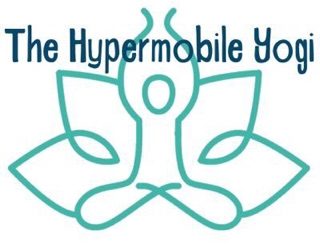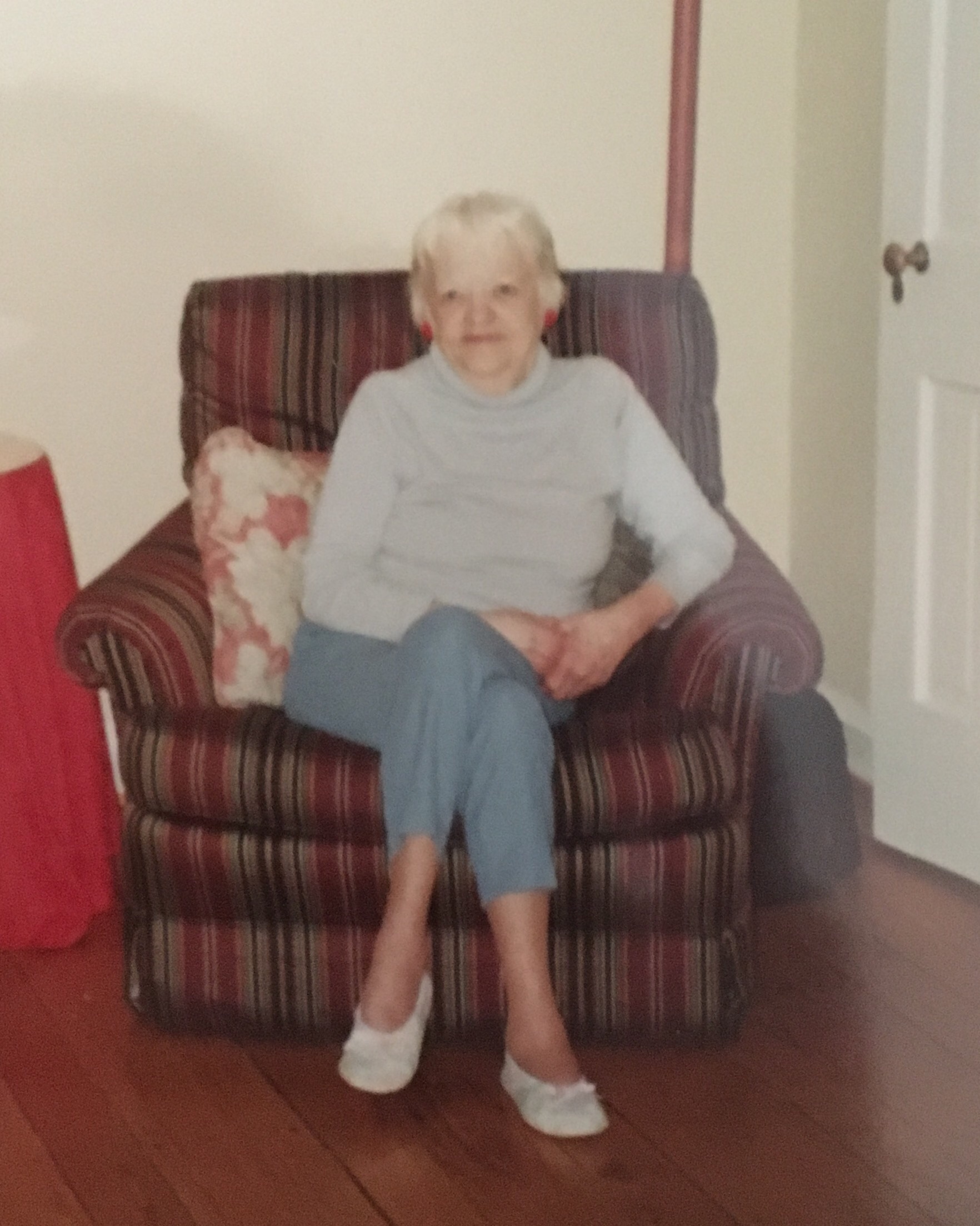Earlier today, I saved an article to read later. The article that I saved was about an 85-year old woman, living with severe osteoporosis and a terrible hunch back, who made incredible progress in her posture and pain through yoga.
Tonight, after YTT (Yoga Instructor Training), I finally had the chance to read the article I saved. I love this article for so many reasons — it made me think of my Gram, who suffered for years with chronic pain due to undiagnosed Ehlers-Danlos syndrome, and who also suffered from severe kyphosis, scoliosis, and osteoporosis — all due to EDS also.
Smoking two packs of cigarettes a day, and her lack of movement of any kind, didn’t help either.
Of course, any article sharing the story of someone who has enjoyed great success through yoga, and the personal care and instruction of a knowledgeable yoga teacher, is pertinent to me because of being in YTT. However, these stories are also important because they share hope, strength, and the focus is often on the body’s amazing ability to heal in certain situations, if given the chance.
“Doing weight-bearing exercises like squats and lunges can definitely increase bone density,” says Danesh. “Yoga poses can be easily extrapolated to have the same effect. Physical therapists have been incorporating yoga stretches into their sessions as well.”
While the article I read did not mention hypermobility, or Ehlers-Danlos syndrome, it did mention Osteoporosis, and spine abnormalities, such as Kyphosis (often causing a “hunch back”). Osteoporosis, Kyphosis, Lordosis, Scoliosis, and other issues such as degenerative discs are common comorbidities in those with various types of hypermobility syndromes, such as Ehlers-Danlos syndrome.
After reading this article, I shared it several places. I had a few people ask:
“So what do we do?”
“How do we find help?”
Here are my suggestions:
– Follow Jenni Rawlings Yoga. Jenni has been a yoga instructor for many years, and she is also Hypermobile. While EDS/hypermobility is not the focus of her instruction, she does have a few videos and blog posts, which discuss proper form in yoga — if you have Hypermobile joints.
Jenni also focuses on natural movement principles. Natural movement principles help us strengthen our bodies through normal daily activities and focuses on the biomechanics of human movement (i.e. how we are supposed to move), which then transfers easily into practicing yoga safely.
Link to trailer for one of Jenni’s videos she recently posted (notice her form and lack of joint hyperextension) – https://vimeo.com/ondemand/jrypickmeupflow
– Find a good physical therapist that is knowledgeable first and foremost. I know, it’s hard and it takes work, but there are great ones out there. If you are able to find a yoga instructor who has a bit more knowledge in biomechanics and is familiar with how to instruct yoga safely for those with joint hypermobility, that’s great too.
Finding a knowledgeable yoga instructor may take a bit more digging around, but there are many out there. And several are hypermobile themselves.
– Consider reading Move Your DNA (and other books) by Katy Bowman of Nutritious Movement. Katy is not a yoga instructor, nor is she hypermobile (that I know of), but she is a bio mechanist and teaches natural movement principles.
– Saddle up for a lot of self-teaching. While I’ve always been active, studied public health in college, worked in the medical field since I graduated college, volunteered for EDNF for almost 5 years, and now own EDS Wellness, much of what I’ve learned has been through a ton of research, reading, learning on my own, and safe yoga practice at home. All of my life and professional experiences have helped, but I’ve learned a ton from doing yoga challenges on Instagram.

For those with hypermobility, the picture above is easy, less work and can often lead to hyperextended knees.

The picture above shows a safe range of motion and is often harder for those with hypermobility, even though it’s not the usually the “end goal” for yoga this position. We want safe range of movement, and for our muscles to work, because that is how we build strength. If a position is too easy, because we can just “go there” much easier than others, that doesn’t mean we should.
Taking pictures has helped me realize ways I was hyperextending and had no idea — all while I probably had more self-awareness than the average person with EDS/Hypermobility. Because of what I’ve learned, and what I already do, I started yoga instructor training last January and also the restorative exercise certification through Katy Bowman (who I mentioned above).
It will take me time, but all the course work and training helps with what I already do, and I try to share as much as I can.
– I will be doing a series of 4 yoga for Hypermobility classes in November. This series of 4 classes is a joint collaboration with The Mindfulness Center, where I am training and also is where I held Wellapalooza day 1 this past June), and will satisfy my Seva (community service) requirement for YTT.
The plan is that this collaboration, which also includes support from one of our EDS Specialists, will be the start of a full mind-body program for those who hypermobility syndromes and chronic pain. Our program will incorporate support group meetings, gentle hatha yoga, and meditation, while teaching the fundamentals of how to practice yoga safely, and also ways to move more and move better during the day. Movement instruction will be based on natural movement and restorative exercise principles, which I mentioned above.
There are a few DPTs that I work with and have done seminars with (Moving Naturally with Hypermobility), who will also be involved. All the DPTs that I work with are hypermobile themselves. They also care for those with EDS/Hypermobility syndromes daily.
Through EDS Wellness, we will be putting these courses and other movement and wellness-based courses online in the spring of 2017. Some classes/seminars will be a available as soon as EDS Wellness is officially launched, but I’m working with a video production company on how to best to shoot the classes (i.e. not from my phone or regular video camera). This company is helping with the “live broadcasting” component as well.
Live broadcasting will be offered through a webinar-style format, but have streaming video and not only voice.
Finding help on how to practice yoga safely for your specific conditions and barriers, may require a lot of self-teaching — i.e. research on your own, learning about the various types of yoga, finding what works best for your current stage of conditioning and stability, and some safe self-teaching and exploration. However, there is more help coming, and I know that I’m not the only one working to help share how to practice yoga safely with joint hypermobility/Ehlers-Danlos syndrome (EDS).
– #Just5Minutes is sometimes all it takes. Baby steps. Something is more than nothing, even if it’s arm circles or bridges while laying in bed.
Main point — there is help, but you may have to dig a bit to find it.
Link to original article – http://nypost.com/2016/08/08/this-85-year-old-proves-yoga-can-keep-you-young/
Below are a few other articles that I’ve written on yoga with joint hypermobility/Ehlers-Danlos Syndrome (EDS):
–http://strengthflexibilityhealtheds.com/2015/10/03/yoga-and-hypermobility/



Wow that was strange. I just wrote an really long comment but after I clicked submit my comment didn’t show up.
Grrrr… well I’m not writing all that over again. Anyways, just wanted to say great blog!
Hi, thank you for your comment, but it did not show up because my site marked your comment as spam, or linked to spam. It comes in as a travel blog and a link to Wikipedia, which I’ve received several messages from different emails, but all with same link. All were marked as spam also.